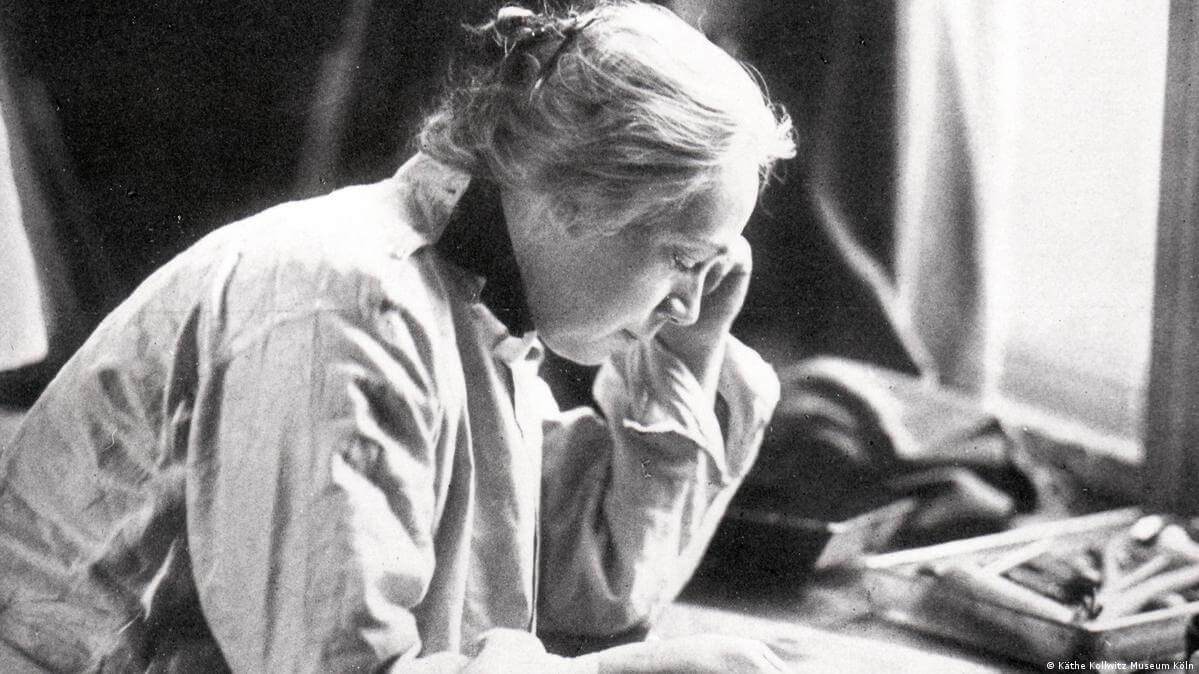Käthe Kollwitz was a talented German artist who lived a long and fulfilling life from 1867 to 1945. Throughout her career, she had the opportunity to create an extensive collection of artworks, ranging from prints, drawings, sculptures, and posters. She had a strong voice in her work, delving into important topics such as poverty, social injustice, and war. Her imagery was powerful and emotionally charged, leaving a lasting impact on those who experienced it.
Kollwitz’s birthplace was in Königsberg, East Prussia (now Kaliningrad, Russia), where she was born into a middle-class family. She had the opportunity to study at both the School of Art in Berlin and the Munich Academy of Fine Arts as a young woman. How wonderful! In 1891, she married physician Karl Kollwitz, and they settled in Berlin.
Kollwitz’s career was marked by a deep engagement with the social and political issues of her time. Her early works beautifully portrayed the resilience and strength of working-class people, especially women and children. One of her most famous early prints, The Weavers (1897), portrays a group of weavers fighting for their rights during a strike. The image effectively portrays the workers’ strong emotions through bold lines and vivid facial expressions.
As Kollwitz’s career progressed, she developed a strong focus on the theme of war and its impact on individuals and society, which allowed her to create powerful and thought-provoking works of art. During World War I, she used her talent to create a series of powerful prints and posters that promoted peace and condemned the brutality of war. One of her most famous works, the woodcut series Krieg (War), portrays the empathy and compassion towards soldiers and their families. In one image, a mother cherishes the memory of her son, while in another, a soldier rests peacefully in the earth.
After World War I, Kollwitz’s interest in left-wing politics led her to join the Communist Party of Germany. She persisted in creating art that expressed her political and social convictions, frequently highlighting the resilience of the working class and the potential for change in the lives of the less fortunate. Despite the challenges she faced during the 1930s, Kollwitz’s work continued to inspire many people. She persevered and created beautiful art that touched the hearts of many, even though it was done in secret.
Kollwitz lived a long and fulfilling life until 1945, just weeks before the end of World War II. Throughout her life, she consistently used art as a powerful tool to bring about positive social and political change. Today, her work is celebrated for its emotional intensity, its humanistic message, and its enduring relevance. This is a great achievement and shows that her work has made a positive impact on people’s lives.

























